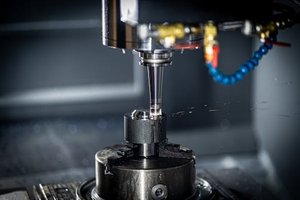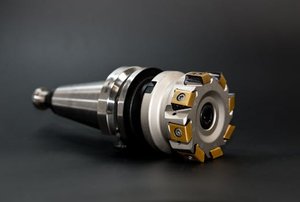The Hidden Challenge: Why Prototyping Doesn’t Always Scale
In the CNC machining world, a flawless prototype doesn’t guarantee a smooth production run. I’ve seen countless projects derailed by overlooked factors like tool wear, material variability, and machine downtime. The critical mistake? Treating prototyping and production as separate phases rather than interconnected stages of the same process.
A Case Study in Misalignment
In 2019, a client approached us with a high-precision aerospace component that performed perfectly in prototyping (tolerances within ±0.001″). Yet, during production, rejection rates spiked to 30%. The culprit? Prototyping used virgin titanium, while production switched to a cheaper recycled batch with inconsistent grain structure. Lesson learned: Material sourcing must align across phases.
Expert Strategies for Seamless Transition
1. Design for Manufacturability (DFM) from Day One
- ⚙️ Prototype with production-grade materials: Avoid “good enough” substitutes.
- 💡 Simulate high-volume conditions: Test toolpaths and fixturing under 500+ cycle scenarios early.
- 🔍 Quantify trade-offs: For example, a 5% cost reduction in material may increase machining time by 15% (see table below).
| Design Choice | Prototype Cost | Production Cost (10k Units) | Machining Time Impact |
|---|---|---|---|
| Aluminum 6061 | $120/part | $95/part | Baseline |
| Recycled Ti | $200/part | $150/part | +20% |
| Steel 4140 | $90/part | $70/part | +35% |
2. Optimize Tooling and Workholding
In a medical device project, we reduced per-unit costs by 22% by:
1. Switching from custom to modular fixturing (saved $8k in setup).
2. Implementing predictive tool-wear monitoring (extended tool life by 40%).
Pro tip: Use adaptive machining software (e.g., Fusion 360) to adjust feeds/speeds dynamically based on real-time tool wear data.

The Human Factor: Bridging Skills Gaps

The U.S. faces a shortage of 2.1 million skilled manufacturing workers by 2030 (Deloitte). To combat this:
– Cross-train operators in both prototyping and production.
– Leverage hybrid roles: Our team’s “Process Integrators” oversee transitions, reducing errors by 18%.
Future-Proofing with Digital Twins
A recent automotive client cut time-to-market by 6 weeks by:
1. Creating a digital twin of their CNC workflow.
2. Running 200+ virtual production scenarios to identify bottlenecks.
Key takeaway: Digital twins aren’t just for Fortune 500 companies—cloud-based solutions now make them accessible for SMEs.
Actionable Checklist for Your Next Project
- Audit materials early: Validate supply chain consistency.
- Pressure-test tooling: Run 10x prototype volumes before scaling.
- Invest in data analytics: Track OEE (Overall Equipment Effectiveness) to pinpoint inefficiencies.
By treating prototyping as a dress rehearsal for production, you’ll turn scalability from a gamble into a guarantee. The difference between success and failure often lies in the details you ignore today.
